In pediatric adolescents with basic XT, the surgical success rates did not differ significantly according to age, but recovery of overcorrection after strabismus surgery took longer in patients ≥ 10 years of age Purpose To investigate the recovery period of overcorrection and related factors after surgery in pediatric patients with basic intermittent exotropia (XT)PURPOSE To report the outcomes in patients undergoing surgical correction of intermittent exotropia and to compare the age at surgery to motor and sensory success METHODS This was a retrospective cohort study The results of patients with intermittent exotropia treated with surgery over a 4year period were reviewed Patients were divided into two groups based onHowever, this result is unlikely to be due to inadequate age for surgery, but rather, immaturity for

Demographic And Clinical Characteristics Of The Pa Tients With Download Table
Intermittent exotropia surgery success rate
Intermittent exotropia surgery success rate- Intermittent exotropia is the most common exodeviation of childhood, affecting almost 1 percent of the general population The usual onset occurs when the child is two to three years of age4 Strabismus surgery is performed for functional reasons, to create comfortable single binocular vision or, A randomized trial evaluating shortterm effectiveness of overminus lenses in children 3 to 6 years of age with intermittent exotropia Ophthalmology 16;123(10) doi /jophtha2 PubMed Google Scholar Crossref




Esotropia Crossed Eyes Lazy Eye Or Squint Pediatric Ophthalmology Pa
Outcome of twomuscle surgery for largeangle intermittent exotropiims To evaluate the surgical outcomes of twomuscle surgery for childhood intermittent exotropia comparing large angles with moderate angles Methods We retrospectively reviewed the medicalConclusions When indicated, patients with intermittent exotropia can be operated upon safely under 4 years of age, and may even present better motor results than older patientsIntermittent Extropia with minus lenses CS/ST/DP/0419/v10 – review 0122 DGH/PIL/029 Page 2 Treatment options are No treatment indicated when the squint is rarely seen Minus lenses when the squint is seen more than 50 per cent of the
Abstract The surgical results of 111 consecutive patients with intermittent exotropia treated via bilateral rectus muscle recession and having at least 2 years of followup are reviewed These data are analyzed from a standpoint of three age groups at the time of surgery younger than 3 years (41 patients), 3 years to younger than 6 years (42Surgery for intermittent exotropia We investigated various clinical factors possibly associated with surgical outcomes, including gender, visual acuity, refractive errors, the presence of amblyopia and anisometropia age at onset, age at diagnosis, age at surgery, type of exotropia, associated strabismus (A and V pattern, vertical devia Strabismus surgery for intermittent exotropia is often indicated in children This study suggests that surgery at a younger age of 3 to 5 years may result in better surgical outcomes and fewer reoperations
Divergence excess type of exotropia (p=0036), amblyopia (p=0046), bilateral lateral rectus recession (p=0008), esodeviation of ≥ PD at postoperative day 1 (p=0000), younger age at diagnosis and surgery (p=0010, p=0003) and shorter duration from onset to surgery (p=0039) showed significant association with consecutive esotropia cility on patients with intermittent exotropia It focused on patients with intermittent exotropia who manifested an increase in their deviation when looking out a window, or at 6 m after 1 hour of monocular occlusion They were randomized to surgery either for the initial deviation at6mor forthelargerdeviation17 Patientsinthatstudywhohadsimu The age of onset for IXT coincides with the age of the visual maturation in children, which is between 3 and 6y5 This condition may lead to poor binocular functions, such as poor stereopsis, vision suppression and/or amblyopia6




Exodeviations An Exodeviation Is A Divergent Strabismus That Can Be Latent Or Manifest Ppt Video Online Download
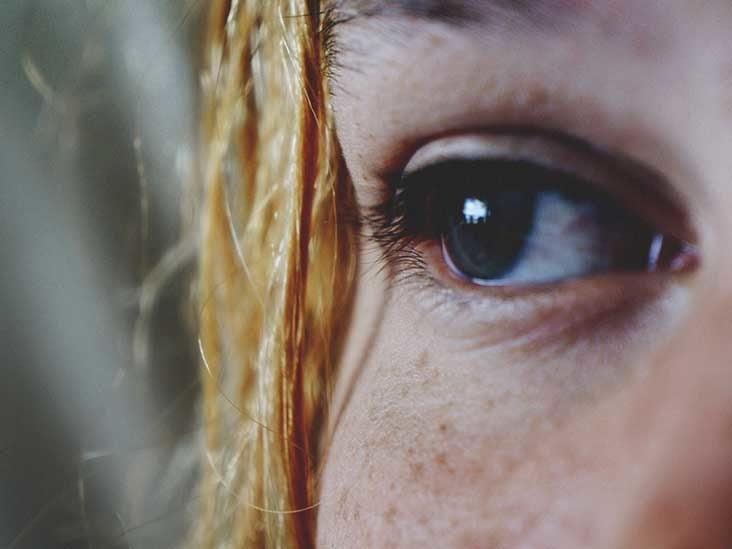



Exotropia Symptoms Management And More
The exotropia being intermittent, allows for development of binocular fusion and stereopsis58 59 Therefore, delaying the surgery should not influence the sensory and visual outcomes to a great extent,60 61 and many studies have advocated for a delayed approach as it may also allow for more accurate measurements and better results,58 62 63 However, multiple Intermittent exotropia Intermittent exotropia frequently begins around the age of two years A child with intermittent exotropia does not develop diplopia (double vision) due to bitemporal suppression, unlike acquired manifest exotropia in adults With progressive suppression, constant exotropia may develop Effect of Age at Time of Surgery on the Surgical Outcome After Bilateral Lateral Rectus Muscle Recession in Intermittent Exotropia Estimated Study Start Date Estimated Primary Completion Date Estimated Study Completion Date
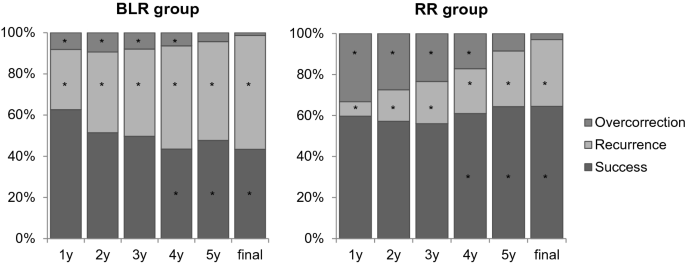



Long Term Surgical Outcomes Of Unilateral Recession Resection Versus Bilateral Lateral Rectus Recession In Basic Type Intermittent Exotropia In Children Scientific Reports




A Randomized Trial Comparing Part Time Patching With Observation For Intermittent Exotropia In Children 12 To 35 Months Of Age Ophthalmology
Predictors of success following surgery for intermittent exotropia are less clear, although a small retrospective study suggested that performing surgery before a patient is 7 years old, or before the duration of the patient's exotropia has reached 5 years, may be associated with better longterm sensory outcome 31 Another retrospective study with longterm outcomes (10Many surgeons delay surgery in intermittent exotropia until 4 years of age or after, largely because of concerns that consecutive esotropia (even for a short period of time postoperatively) may lead to amblyopia and/or reduction of stereopsis in young patientsWhat age is best for exotropia surgery?




Divergent Strabismus An Overview Sciencedirect Topics
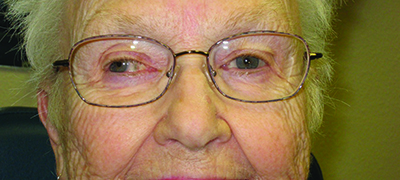



How To Take On Strabismus In Adults
CONCLUSIONSWhen indicated, patients with intermittent exotropia can be operated upon safely under 4 years of age, and may even present better motor results than older patients Postoperative stereoacuity in younger children revealed to be worse than in older children; Conclusion Early overcorrection after intermittent exotropia surgery was a safe and desirable result in terms of motor outcome in children aged under 4 years, as well as for children aged betweenChildren with intermittent exotropia have a strong tendency to let the eye turn out, but it does not turn out all the time When the child does control the eye alignment, the eyes are straight and function normally together Exotropia occurs in about 1 out of 100 children The most common age of onset in children is between 2 and 5 years of age




Esotropia Crossed Eyes Lazy Eye Or Squint Pediatric Ophthalmology Pa



Plos One Single Stage Surgical Outcomes For Large Angle Intermittent Exotropia
In older children and adults who develop intermittent exotropia after age 10 years, diplopia is usually present with little or no suppression In these patients, the surgical goal should be orthotropia on the first postoperative day, not intentional overcorrection (42,43) Aim To investigate the relationship between myopic progression and intermittent exotropia, and the impact of surgery for exotropia on myopic progression in early schoolaged children (from 7 years to 12 years of age) Methods Medical records of early schoolaged patients with myopia were reviewed Patients were divided into three groups;Your child has been diagnosed with Intermittent Exotropia (Divergent Squint) This is a common type of squint that usually develops in the preschool age group A squint, sometimes called Strabismus, is a condition in which the eyes are misaligned (one eye looks straight and the other eye looks outwards)




Long Term Results Of Surgery For Intermittent Exotropia Semantic Scholar




Exotropia American Association For Pediatric Ophthalmology And Strabismus
Purpose To report the outcomes in patients undergoing surgical correction of intermittent exotropia and to compare the age at surgery to motor and sensory success Methods This was a retrospective cohort study The results of patients with intermittent exotropia treated with surgery over a 4year period were reviewed Patients were divided into two groups based on We compare the surgical outcomes of intermittent exotropia of the basic, pseudodivergence excess (pseudoDE) and true divergence excess (true DE) types A study was performed with 342 patients who had undergone surgery for intermittent exotropia of the basic, pseudoDE or true DE type with a postoperative followup period of 6 months or moreConclusions When indicated, patients with intermittent exotropia can be operated upon safely under 4 years of age, and may even present better motor results than older patients Postoperative stereoacuity in younger children revealed to be worse than in older children;




Jcm Free Full Text High Accommodative Convergence Accommodation Ratio Consecutive Esotropia Following Surgery For Intermittent Exotropia Clinical Feature Diagnosis And Treatment Html




Management Of Intermittent Exotropia Of The Divergence Excess Type A Teaching Case Report The Journal Of Optometric Education
Age and response to surgery in patients with intermittent exotropia and to identify change points in response to surgery Methods A retrospective analysis was conducted on 311 patients with intermittent exotropia who had bilateral lateral rectus recession using standard tables with minimum followup of 6 months Data were analyzed Purpose To assess the general healthrelated quality of life (QOL) in children with intermittent exotropia (IXT) before and 3 months after surgery, by interviewing individual patients and their parents Study design Prospective, interventional case series Methods Twentyone patients undergoing IXT surgery and their parents were included Using the Pediatric Quality ofThese include patients' age at onset of deviation, patients' age at surgery, interval between onset and surgery, refractive error, degree of anisometropia, visual acuity, presence of amblyopia, presence of an A or a Vpattern, type of exotropia, and existence of binocular single vision before surgery8–17 Studies on the relationship between age at surgery and surgical response had
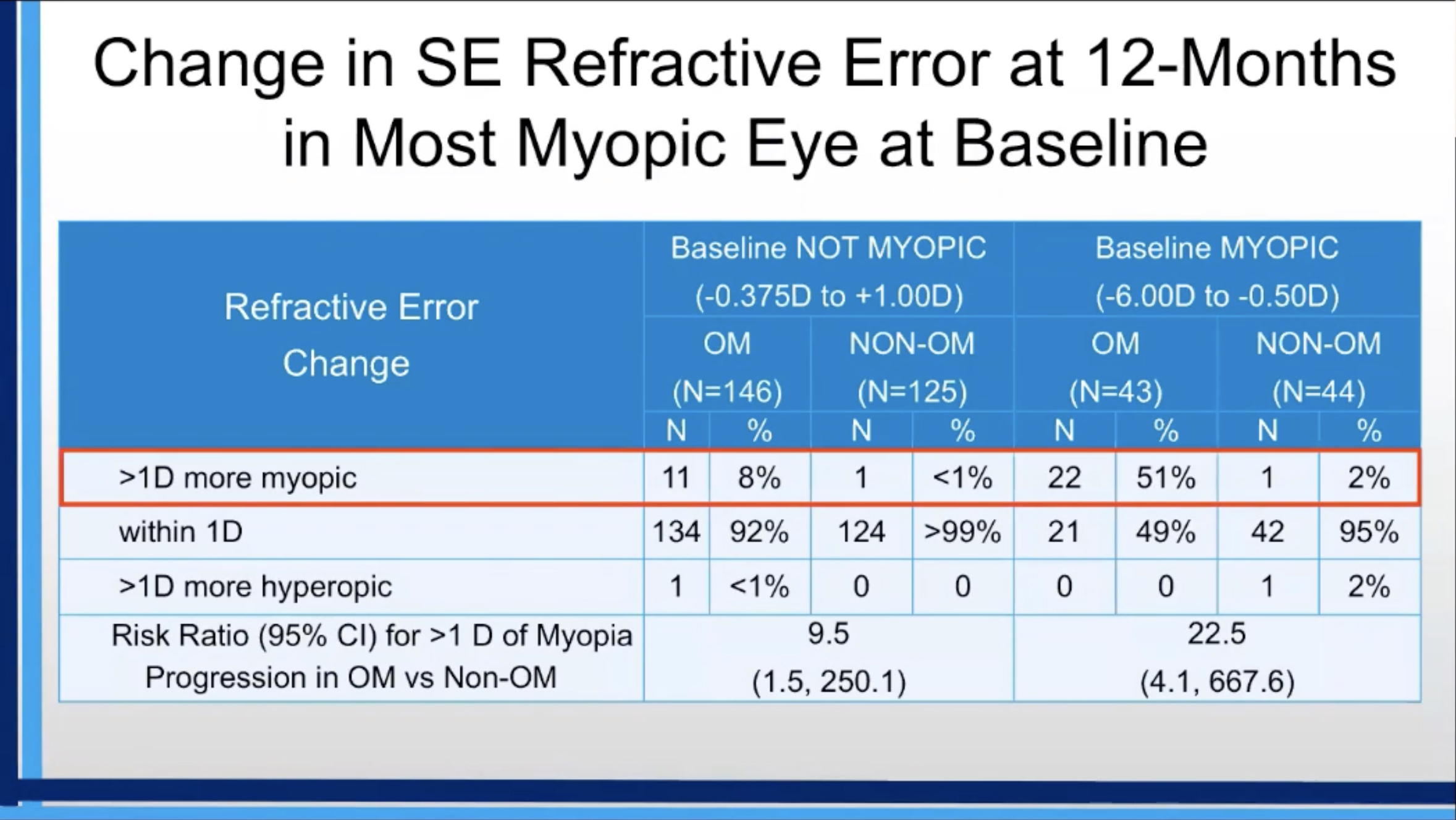



Overminus Lenses Associated With Myopia Progression
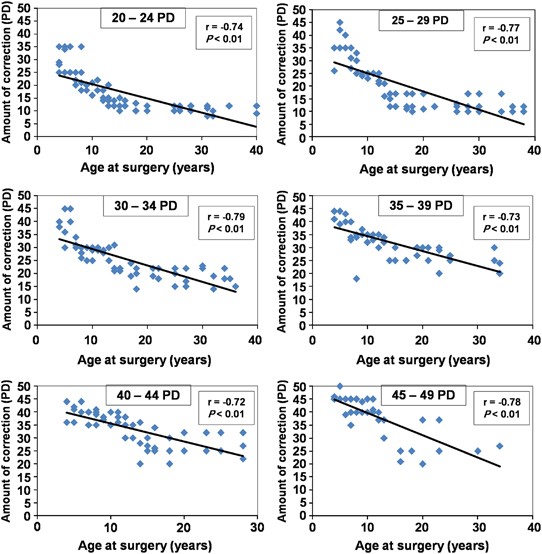



Intermittent Exotropia Relation Between Age And Surgical Outcome A Change Point Analysis Eye
These changes could be associated with a better surgical success rate 11 Most of the studies are at least 40 years old with relatively short followup; Patients with intermittent exotropia have good near stereoacuity preoperatively and postoperatively Even if surgery is postponed until adolescence, distance stereopsis can still be recovered Surgical intervention can restore central fusion and stereoacuity in patients with intermittent exotropia J Pediatr Ophthalmol Strabismus 15;52(1 In multivariable analysis, younger age of onset ≤ 4 years of age, younger age at surgery < 6 years of age, preoperative hyperopia > 0 D, larger exodeviation at near than at distance by > 5




Exotropia American Association For Pediatric Ophthalmology And Strabismus




Intermittent Exotropia Ento Key
Abstract Aim To investigate the relationship between myopic progression and intermittent exotropia, and the impact of surgery for exotropia on myopic progression in early schoolaged children (from 7 years to 12 years of age) Methods Medical records of early schoolaged patients with myopia were reviewedExotropia worse immediately after surgery Had my surgery at around 1pm today (9/16) My doctor performed surgery on just my right eye to address the intermittent exotropia I was discharged at around 3pm As soon as I looked at myself in the mirror I knew my eye was drifting outwards even more so than before42 (11)1435–1439 Google Scholar




Pdf Intermittent Exotropia Surgery Results In Different Age Groups



Mdpi Com
Age is seldom the main determining factor for exotropia surgery Surgery is appropriate when exotropia is present for the majority of the patient's waking hours, regardless of age While it could happen periodically (eg, intermittent exotropia), it could also be constant However, it is more typical to find exotropia developed while a child is 1 to 4 years old Parents may notice this form of strabismus, especially when the child is daydreaming, sick, or tiredLarge residual exotropia (15 to 18 prism diopters) Patients with a large residual exotropia in the first postoperative week will probably require additional surgery It is better to wait for 8 to 12 weeks before reoperating for the residual exotropia




Uimsa Which Occurs When One Eye Fixates On A Target While The Other Eyepoints Outwards It Can Happen At Any Age But Accommodative Esotropia Typically Starts In The First
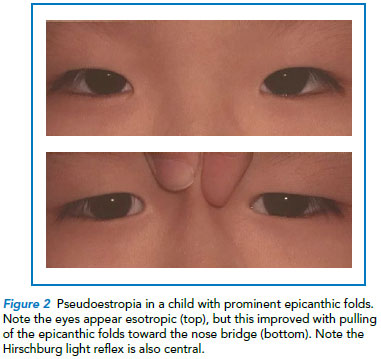



Common Strabismus In Children A Brief Overview Singhealth
What is Intermittent Exotropia? In contrast, to those who underwent surgery for consecutive esotropia, in patients without reoperation, the mean age at exotropia surgery wasNone investigated the longterm effect of occlusion therapy on delaying or avoiding surgery, which could be useful, because intermittent exotropia often recurs postoperatively12, 13 Furthermore, surgery at an early age



Surgery For Intermittent Exotropia
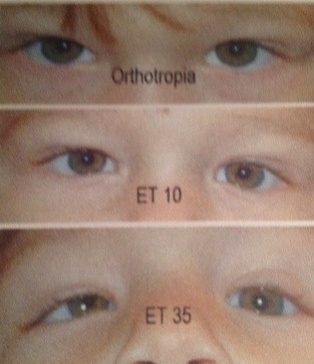



Principles Of Strabismus Surgery For Common Horizontal And Vertical Strabismus Types Intechopen
However, this result is unlikely to be due to inadequate age for surgery, but rather, immaturity for performing theSurgery for intermittent exotropia at younger ages may develop better postoperative binocular vision 10 However, in more than 50% of patients who experience exotropia, deviation increases 10 or more diopters within few years from diagnosis, which means that half of patients with intermittent exotropia, shall undergo surgical treatment 11Intermittent exotropia and to compare the age at surgery to motor and sensory success Methods This was aretrospective cohort study The results of patients with intermittent exotropia treated with surgery over a 4year period were reviewed Patients were divided into two groups based on age at first surgery (




Surgery Versus Active Monitoring In Intermittent Exotropia Samexo Study Protocol For A Pilot Randomised Controlled Trial Topic Of Research Paper In Clinical Medicine Download Scholarly Article Pdf And Read For Free



Early Surgery For Intermittent Exotropia Tracks With Better Outcomes American Academy Of Ophthalmology
The goal of surgery in intermittent exotropia is to preserve binocularity and stereopsis (depth perception) Surgery should be contemplated when (1) the angle of deviation is increasing, (2) there is deterioration in control (increase in frequency of manifest exotropia), (3) there is decrease in stereopsis (depthperception) for distance and near, and (4) there is anPDF Purpose To report the outcomes in patients undergoing surgical correction of intermittent exotropia and to compare the age at surgery to motor Find, read Jeon H, Jung J, Choi H Longterm surgical outcomes of early surgery for intermittent exotropia in children less than 4 years of age Curr Eye Res 17;
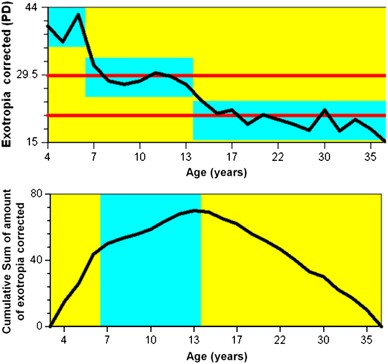



Intermittent Exotropia Relation Between Age And Surgical Outcome A Change Point Analysis Eye




Demographic And Clinical Characteristics Of The Pa Tients With Download Table
Exotropia is the misaligned state of the visual axes wherein the eyes have a tendency to drift outwards Intermittent exotropia, the most common exodeviation affects 1% of the population less than 11 years of age 1 Intermittent exodeviation usually begins in the first year of life Amblyopia is rare, as the patient maintains binocular



3
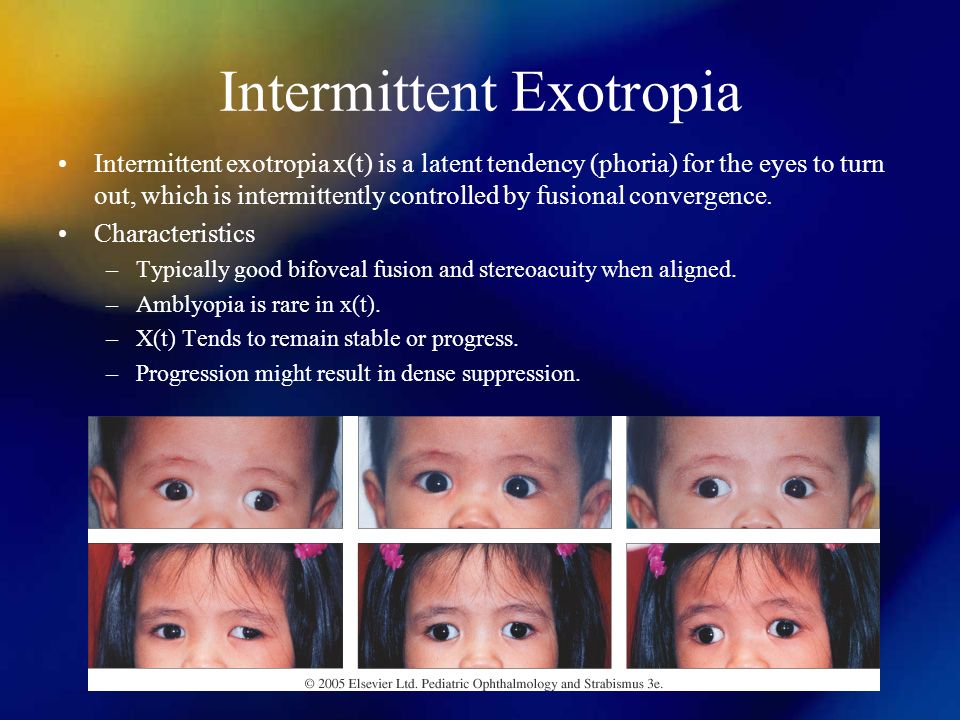



Surgical Outcomes In Intermittent Exotropia Ppt Download
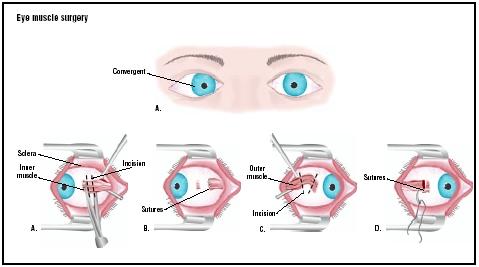



Eye Muscle Surgery Procedure Recovery Blood Pain Complications Adults Time Infection




Clinical Characteristics Of Patients That Experience Different Rates Of Exodrift After Strabismus Surgery For Intermittent Exotropia And The Effect Of The Rate Of Exodrift On Final Ocular Alignment Journal Of American




How To Fix A Lazy Eye Amblyopia Treatment In Versailles Lexington Ky Cincinnati Oh Metro Area Correction W Vision Therapy Eye Patching Surgery For Children And Adults




Strabismus Surgery American Association For Pediatric Ophthalmology And Strabismus




Pdf Selective Surgery For Intermittent Exotropia Based On Distance Near Differences Semantic Scholar




Strabismus Surgery Optometrists Org




Strabismus Treatments Without Surgery With Exercises Vision Therapy



Management Of Strabismus In Myopes Kekunnaya R Chandrasekharan A Sachdeva V Middle East Afr J Ophthalmol




Jkms Journal Of Korean Medical Science



1



Dos Jul 17 Flip Ebook Pages 1 50 Anyflip Anyflip




Pdf Selective Surgery For Intermittent Exotropia Based On Distance Near Differences Semantic Scholar




Surgical Outcome Of Intermittent Exotropia Semantic Scholar




Incidence Of Strabismus And Amblyopia Among Children Initially Diagnosed With Pseudostrabismus Using The Optum Data Set American Journal Of Ophthalmology



The Ongoing Challenge Of Intermittent Exotropia American Academy Of Ophthalmology




Management Of Intermittent Exotropia Of The Divergence Excess Type A Teaching Case Report The Journal Of Optometric Education




Exotropia Ento Key




Jkms Journal Of Korean Medical Science



Plos One Postoperative Change In Ocular Torsion In Intermittent Exotropia Relationship With Postoperative Surgical Outcomes



3



Cropped Stories Intermittent Exotropia Considering Surgery



Postoperative Change In Ocular Torsion In Intermittent Exotropia Relationship With Postoperative Surgical Outcomes




Exotropia Pediatric Ophthalmic Consultants



1




Infantile Exotropia In Healthy Children Ophthalmic Surgery Lasers And Imaging Retina




Strabismus Amblyopia Leukocoria Saeed Alwadani Md Assistant Professor




Principles Of Strabismus Surgery For Common Horizontal And Vertical Strabismus Types Intechopen



Bjo Bmj Com
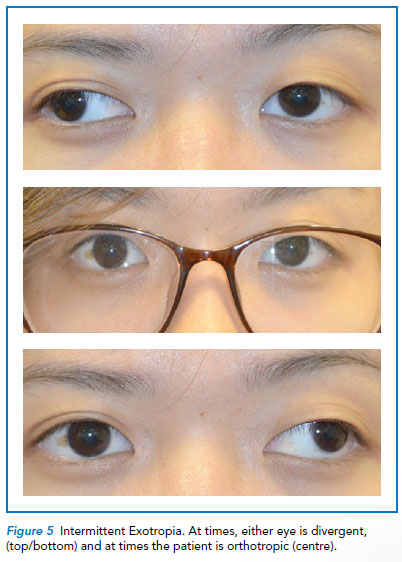



Common Strabismus In Children Singhealth



Strabismus Baby Symptoms Definition Description Demographics Causes And Symptoms Diagnosis




How Is Intermittent Exotropia Treated




Conservative Management Of Intermittent Exotropia To Defer Or Avoid Surgery The Visionhelp Blog




Consecutive Cyclic Esotropia After Surgery For Intermittent Exotropia Canadian Journal Of Ophthalmology




Jaypeedigital Ebook Reader



Management Of Strabismus In Myopes Kekunnaya R Chandrasekharan A Sachdeva V Middle East Afr J Ophthalmol




Twenty Year Follow Up Of Surgery For Intermittent Exotropia Semantic Scholar




Intermittent Exotropia Decompensated Youtube



Onlinelibrary Wiley Com




Outcomes Of Undercorrection In Surgical Management And Binocular Visio Opth




Scielo Brasil Intermittent Exotropia Surgery Results In Different Age Groups Intermittent Exotropia Surgery Results In Different Age Groups




Improvement In Fusion And Stereopsis Following Surgery For Intermittent Exotropia Semantic Scholar



Recurrence Of Intermittent Exotropia After Bilateral Lateral Rectus Recession Al Haddad C Ismail K Houry R Al Sayyid S El Moussawi Z Middle East Afr J Ophthalmol



Nature Com




Prognostic Factors For Recurrence With Unilateral Recess Resect Procedure In Patients With Intermittent Exotropia Eye




Clinical Characteristics And Surgical Outcomes In Patients With Intermittent Exotropia A Large Sample Study In South China Abstract Europe Pmc




Conservative Management Of Intermittent Exotropia To Defer Or Avoid Surgery Journal Of American Association For Pediatric Ophthalmology And Strabismus Jaapos




Exodeviations An Exodeviation Is A Divergent Strabismus That




Exotropia Eyes Turn Outward Causes Symptoms Treatment Vision Center




Exotropia Pediatric Ophthalmic Consultants
/esotropia584188178-5a47bd82beba330037d008c3.jpg)



Esotropia Causes Types And Complications




Intermittent Exotropia Roque Eye Clinic Eye Com Ph




Common Strabismus In Children A Brief Overview Singhealth




Exotropia Pediatric Ophthalmic Consultants




Improvement In Fusion And Stereopsis Following Surgery For Intermittent Exotropia Journal Of Pediatric Ophthalmology Strabismus



Surgical Outcome Of Unilateral Lateral Rectus Recession And Medial Rectus Resection In Large Angle Exotropia Document Gale Onefile Health And Medicine




Exotropia In Children And Adults




Early Versus Late Postoperative Ocular Alignment Following Bilateral Lateral Rectus Recession In Children With Intermittent Exotropia Elhomosany S Massoud T Dwidar A Elmassry A Egypt J Cataract Refract Surg




Pdf Preoperative Factors Influencing Effectiveness Of Surgery In Adult Strabismus Semantic Scholar




Comparison Of Surgical Outcomes Between Bilateral Recession And Unilateral Recession Resection In Moderate Angle Intermittent Exotropia Journal Of American Association For Pediatric Ophthalmology And Strabismus Jaapos




Exotropia



Success Stories About Squint Treatment In Gurgaon Dr Digvijay Singh




Surgical Dosage For Intermittent Exotropia As Per Authors Experience Download Scientific Diagram




Exotropia Eyewiki




Prognostic Factors For Recurrence After Bilateral Rectus Recession Procedure In Patients With Intermittent Exotropia Eye



Recurrence Of Intermittent Exotropia After Bilateral Lateral Rectus Recession Al Haddad C Ismail K Houry R Al Sayyid S El Moussawi Z Middle East Afr J Ophthalmol




Consecutive Esotropia Following Surgery For Intermittent Exotropia Journal Of Pediatric Ophthalmology Strabismus




8 Intermittent Exotropia Ideas Strabismus Surgery Vision Therapy Eye Surgery




Till What Age Can Squint Be Corrected Dr Sriram Ramalingam Youtube



The Ongoing Challenge Of Intermittent Exotropia American Academy Of Ophthalmology
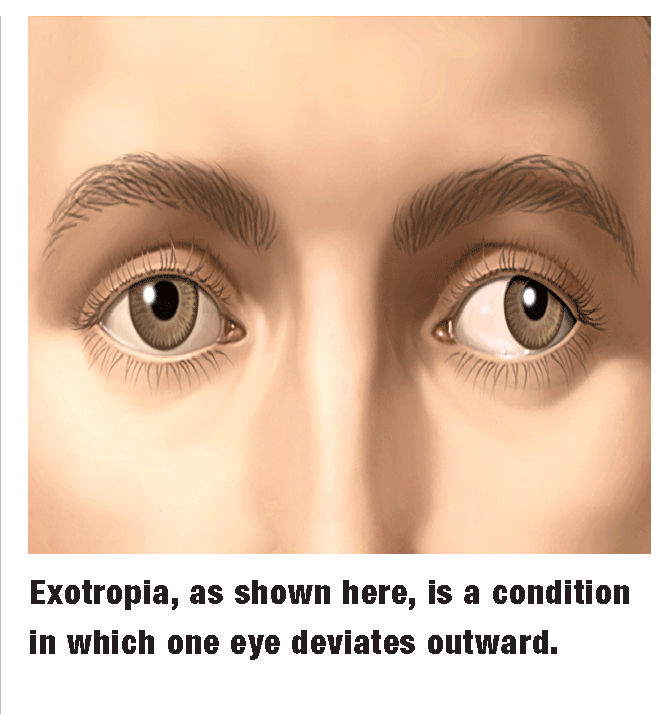



Do You See A Pattern




Conservative Management Of Intermittent Exotropia To Defer Or Avoid Surgery The Visionhelp Blog
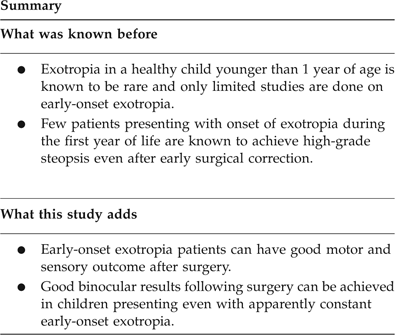



Outcomes Of Surgery In Children With Early Onset Exotropia Eye




Jcm Free Full Text High Accommodative Convergence Accommodation Ratio Consecutive Esotropia Following Surgery For Intermittent Exotropia Clinical Feature Diagnosis And Treatment Html
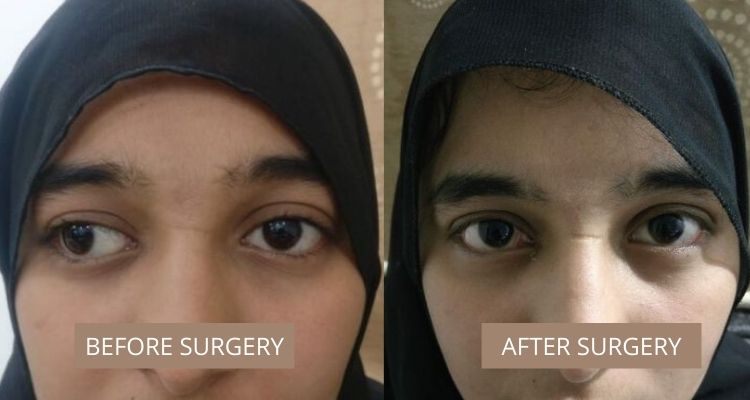



Exotropia Best Squint Treatment In Mumbai Eye Solutions



A Comparison Of Surgical Outcomes Between Pre And Full Term Patients With Exotropia




Surgical Dosage For Patients With Primary Exotropia Download Table



0 件のコメント:
コメントを投稿